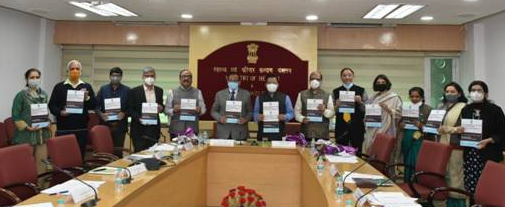Inside BENEO’s new pulse plant: pioneering sustainable protein from faba beans
Anaemia among children and women continues to be a cause of concern
Dr Vinod Kumar Paul, Member (Health), NITI Aayog and Rajesh Bhushan, Secretary, Union Ministry of Health and FamilyWelfare, Government of India, have released the Factsheets of key indicators on population, reproductive and child health, family welfare, nutrition and others for India and 14 States/UTs (clubbed under Phase-II) of the 2019-21 National Family Health Survey (NFHS-5).
According to the findings, child nutrition indicators show a slight improvement at all-India level as stunting has declined from 38 per cent to 36 per cent, wasting from 21 per cent to 19 per cent and underweight from 36 per cent to 32 percent at all India level.
In all phase-II States/UTs, situation has improved in respect of child nutrition but the change is not significant as drastic changes in respectof these indicators are unlikely in short span period.
Anaemia among children and women continues to be a cause of concern. More than half of the children and women (including pregnant women) are anemic in all the phase-II States/UTs and all-India level compared to NFHS4, in spite of substantial increase in the composition of iron folic acid (IFA) tablets by pregnant women for 180 days or more.
Exclusive breastfeeding to children under age 6 months has shown an improvement in all-India level from 55 percent in 2015-16 to 64 per cent in 2019-21. All the phase-II States/UTs are also showing a considerable progress.
The States and UTs which were surveyed in the Phase-II are Arunachal Pradesh, Chandigarh, Chhattisgarh, Haryana, Jharkhand, Madhya Pradesh, NCT of Delhi, Odisha, Puducherry, Punjab, Rajasthan, Tamil Nadu, Uttar Pradesh and Uttarakhand.

